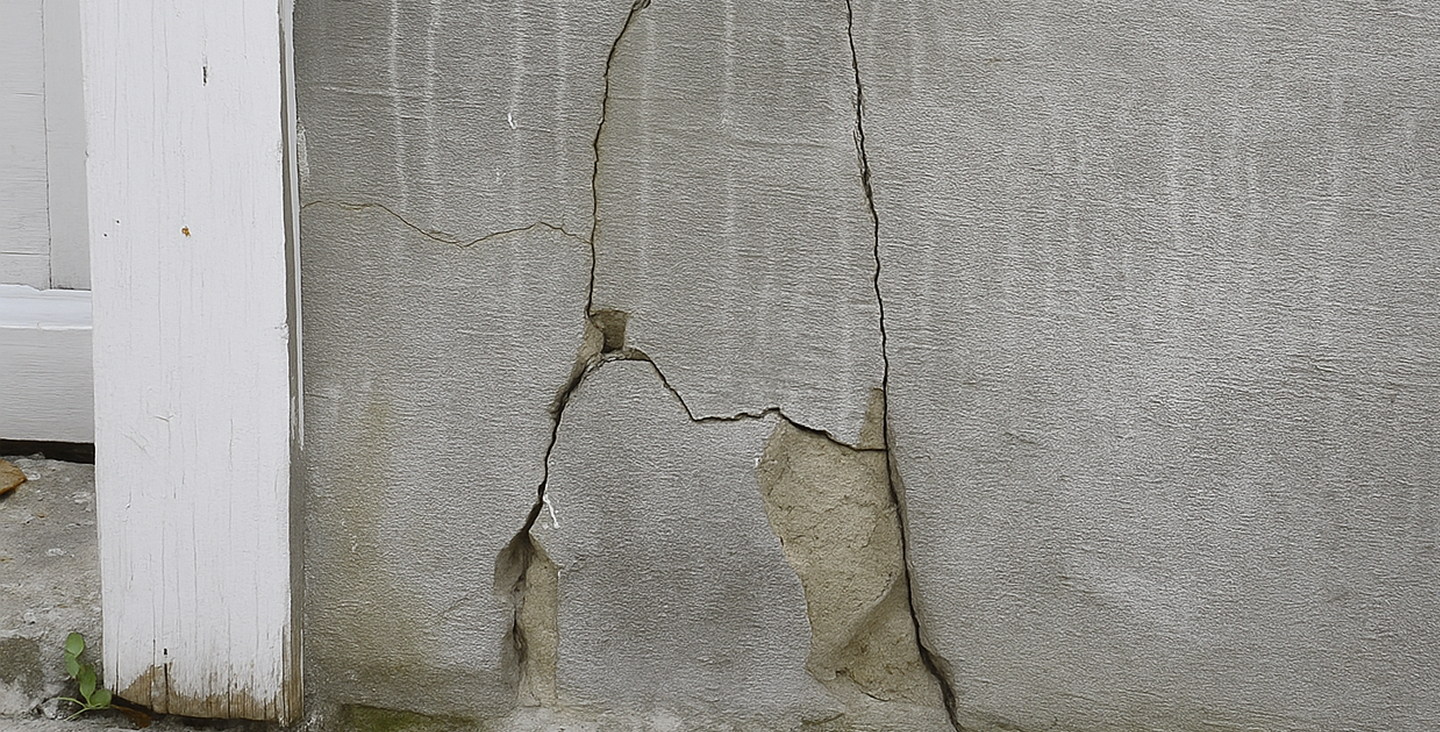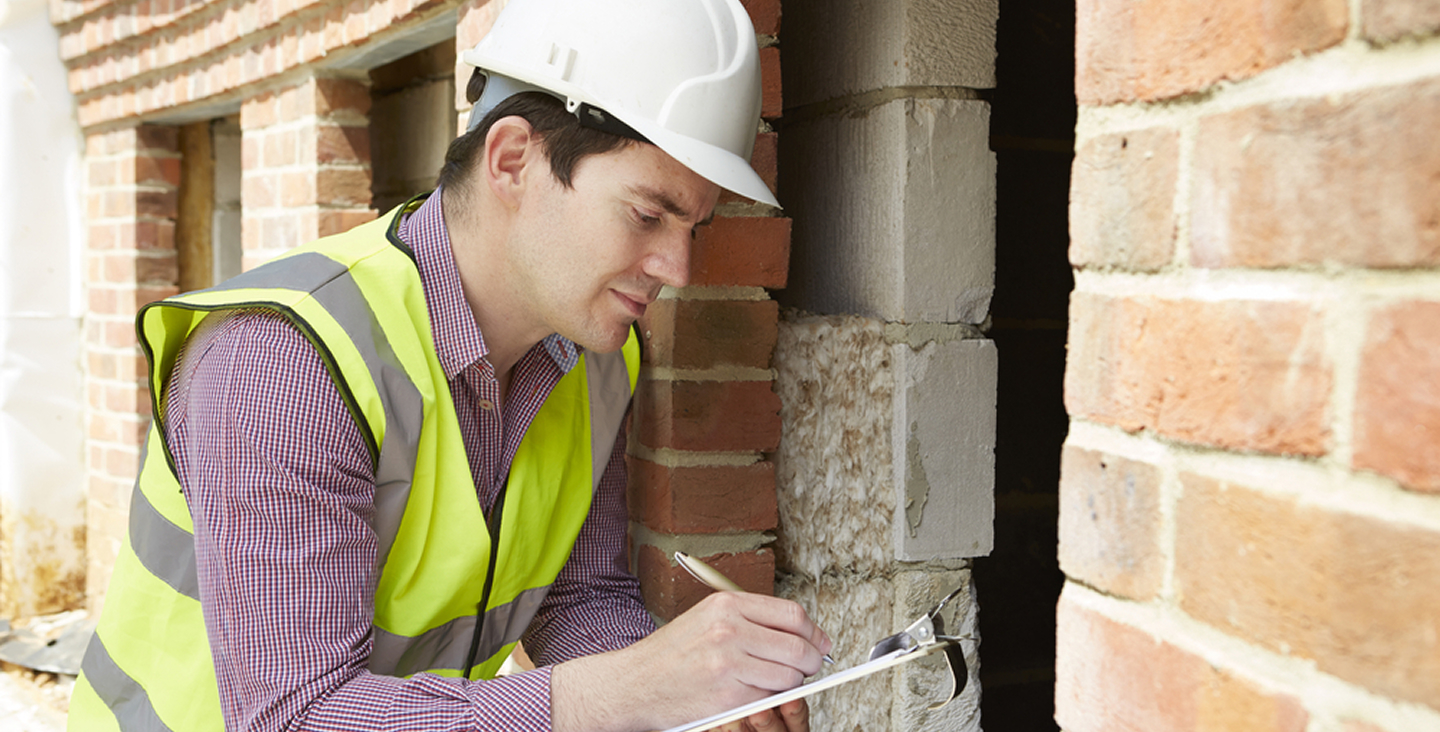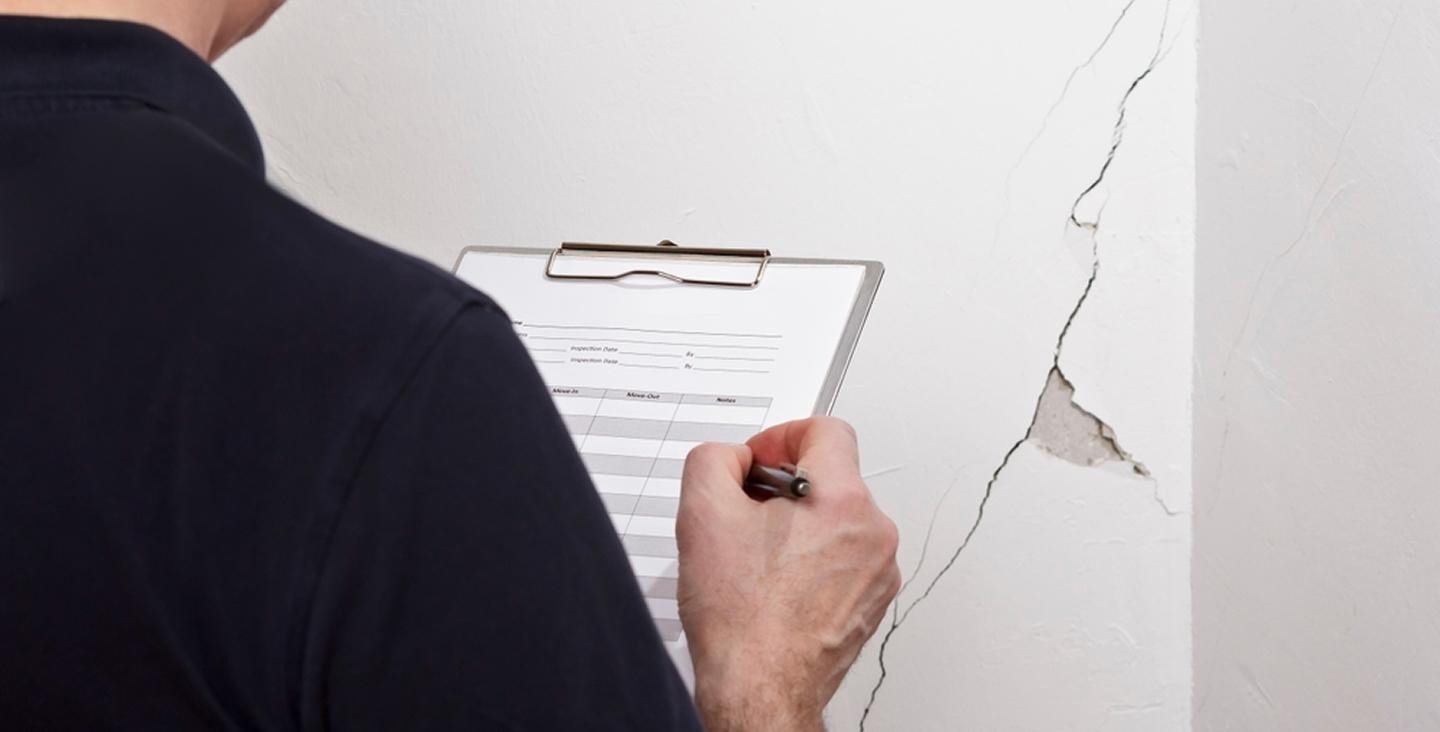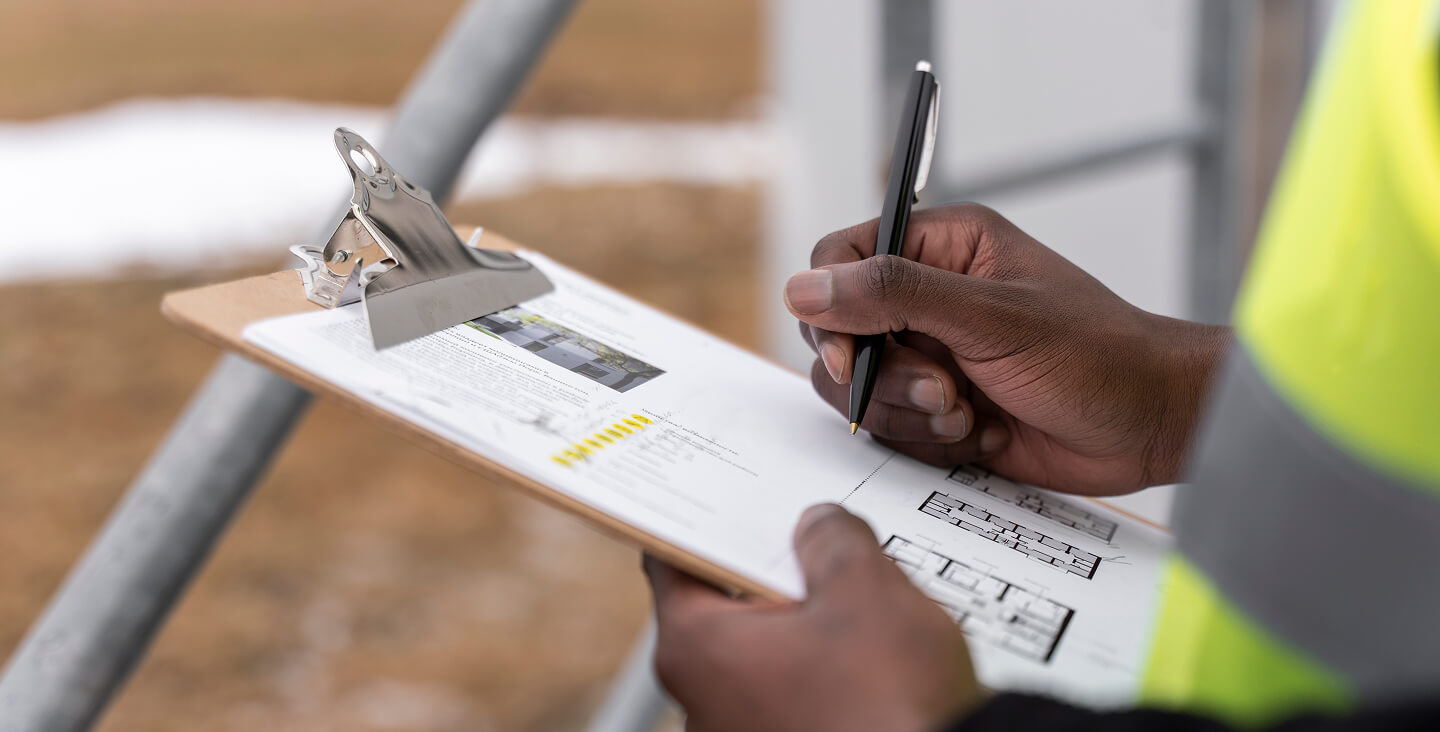
The Impact of Soil Movement on Building Foundations
Prelude
Florida is a land of contrasts with lush rainfall, high water tables, and a karst terrain mapped by limestone and underground voids. These elemental forces combine to pose a serious, often underestimated threat to building foundations. For real estate stakeholders, the consequences go well beyond repair bills: foundation integrity and soil stability have a direct bearing on properties, their value, insurability, and long-term performance.
Florida’s Soil Landscape & Governing Codes
Florida’s subsurface is dominated by carbonate bedrock (limestone, dolostone), blanketed in variable layers of sand, clay, shell, and organic soils. Over time, dissolution of the carbonate bedrock produces cavities and conduits that characterize karst terrain and predispose the state to sinkhole formation.
According to the Florida Department of Environmental Protection, the state maintains a Sinkhole Helpline and a database of reported subsidence incidents, though many collapses go unreported or unverified.
In Florida’s Building Code (Chapter 18: Soils and Foundations), there are explicit requirements to manage moisture intrusion. For instance, foundation walls that retain earth and enclose interior spaces require dampproofing (or waterproofing in severe soil-water conditions). Additionally, impervious surfaces within 10 feet of a building must slope away at a minimum grade to help control surface runoff.
These prescribing rules reflect how seriously Florida treats the soil and moisture interface as a foundation risk.
Mechanisms of Soil Movement & Moisture Intrusion
1. Karst, Collapse & Subsidence
Soil movement in Florida is most dramatically expressed via sinkholes. These take forms such as
- Cover-collapse sinkholes, where an underground void collapses suddenly into overlying material.
- Cover-subsidence sinkholes involve gradual downward movement as soil migrates into voids.
2. Regions such as Pasco, Hernando, Hillsborough, Marion, Citrus, Polk, Orange, Seminole, and Lake counties are among the higher-risk counties for such events.
3. Differential Settlement & Variable Bearing Capacity:
Not all movement is dramatic. Even in stable zones, variable soil layers and moisture variations can cause differential settlement, where one area sinks more than another, generating stress in foundations, slabs, and load-bearing elements.
Florida’s soils show broad ranges of bearing capacities from loose sands (~1,000–1,500 psf) to competent limestone bedrock (4,000+ psf). Engineers must design foundations using site-specific geotechnical reports, not generic assumptions.
4.Moisture Intrusion & Swelling / Shrinkage Cycles:
Changes in moisture content, particularly due to seasonal rainfall, storm events or drainage design, can cause near-surface clays and silts to expand or shrink. Over time, repeated cycles impose stress on shallow footing systems and slab edges.
When moisture intrudes into foundation walls (through capillary action, leaks, or surface ponding), it also undermines the stability of the soil-foundation interface.
Florida’s code acknowledges this risk: foundation walls retaining earth must be damp-proofed, and in areas exhibiting severe soil-water conditions, waterproofing is mandated.
5. Groundwater Dynamics
With Florida’s high water tables, changes in groundwater level (after heavy rains, storm surge, or drawdowns) alter subsurface stresses, potentially enlarging voids, reducing support to foundations, or causing uplift/buoyant pressures.
For example, a recent study found that about three dozen high-rise buildings in South Florida have been settling by 0.8 to 3.1 inches (2–8 cm), likely influenced by subsidence in dune sands and limestone under tidal and groundwater dynamics.
Warning Signs & Commercial Building Impacts
Some red flags that indicate underlying soil/foundation stress:
- Cracks in walls, particularly those widening over time (e.g. stair-step masonry cracks).
- Doors or windows that begin to stick or misalign.
- Uneven or sloping floors.
- Sudden depressions, sinkholes or localized subsidence in parking lots or grounds.
- Water intrusion staining, efflorescence, mold around base walls.
For properties, these translate into:
- Increased maintenance and repair costs
- Tenant liability or disruption
- Insurance claims or denials
- Reduced property valuation or challenges during refinancing/sale
- Heightened scrutiny by inspectors and appraisers
Left unchecked, these indicators evolve from maintenance concerns into serious structural liabilities.
Why Building Inspections Are Essential?
A routine visual check isn’t enough in Florida; what’s needed is a structured investigation that looks both above and below the surface.
At Prema Consulting Group, our inspections for commercial properties include:
- Geotechnical review to identify soil conditions, void risks, and the history of subsidence.
- Moisture intrusion analysis, assessing drainage, grading, and foundation damp-proofing.
- Structural condition mapping to detect cracks, deflection, or material deterioration.
- Compliance checks against Florida Building Code requirements for soils and foundations.
- Integration with valuation, ensuring subsurface risks are reflected in commercial property assessments.
By combining engineering rigour with valuation insight, Prema helps owners not just identify problems but understand how those problems impact long-term asset value.
Final Word
Florida’s climate and geology mean foundation risk is a certainty, not an exception. Soil movement, foundation shifts and moisture intrusion don’t just endanger buildings. They directly affect commercial property value.
The smartest safeguard is a professional inspection that blends structural expertise with valuation insight. That’s exactly what Prema Consulting Group’s Property Evaluations deliver.
By partnering with PCG, property owners, investors, and developers gain more than a report. They gain clarity, confidence, and protection for one of their largest investments.






